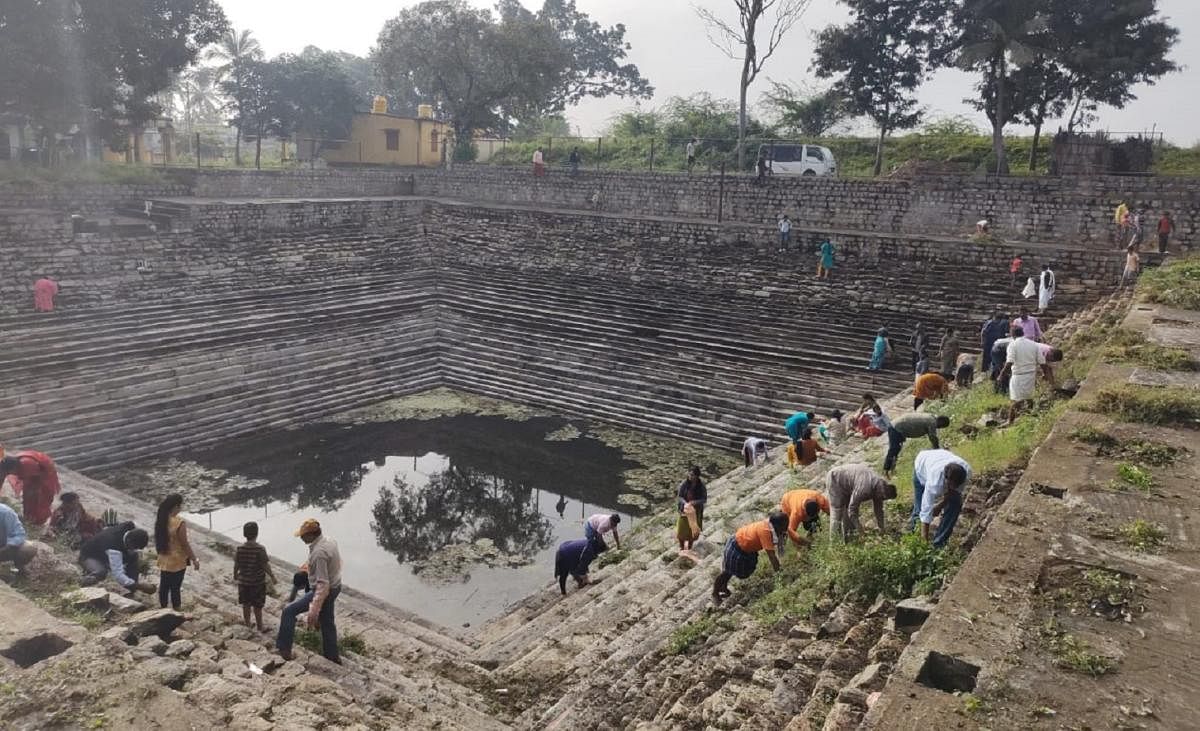
In what authorities say is a first-of-its-kind initiative, the state government has decided to use funds from the rural employment guarantee scheme for the “protection and development” of heritage and archaeological sites.
Karnataka has 1,453 protected monuments and “many of the sites are in a state of neglect due to shortage of funds,” the government has said in a circular.
Now, the shortage of funds will be met under the Mahatma Gandhi National Rural Employment Guarantee Act (MGNREGA), which has funds to create jobs for semi-skilled and unskilled workers who are paid Rs 309 per day.
“Under this programme, permissible works in and around heritage sites such as jungle clearance and building compound walls will be taken up. Works will begin after the sites are identified,” Additional Chief Secretary (Panchayat Raj) Uma Mahadevan told DH.
Under MGNREGA, the Union government spends Rs 6,680.60 crore annually for assuring employment to rural workforce during the lean season, according to a joint circular issued by the departments of rural development & panchayat raj and tourism. “Karnataka spends Rs 1,352 crore which includes state share of Rs 694 crore annually under this scheme,” it said.
Both departments plan to use MGNREGA funds for works such as bio-fencing to safeguard monuments from trespasses and encroachments, restoration of kalyani/pushkarni/wells and eco-parks around the protected monuments. The tourism department has offered to pitch in with funds to create facilities such as toilets and eateries that are not covered under MGNREGA.
“This is a unique initiative that I don’t think any other state has done,” Commissioner for Rural Development Shilpa Nag C T said. “All the works that will be done through the gram panchayats under MGNREGA will be strictly in consultation with the tourism department and the Archaeological Survey of India,” she pointed out.
The 1,453 protected monuments in the state belong to different time periods and include temples, mosques, churches, tombs, graves, forts, citadels, wells, tanks, bridges and so on. Of them, 844 are protected under the state’s law whereas 609 fall within the jurisdiction of the Archaeological Survey of India (ASI).
